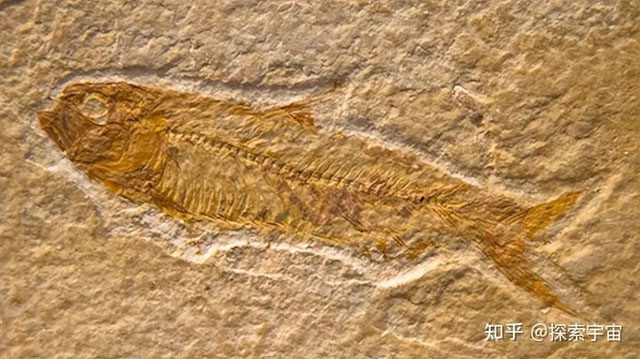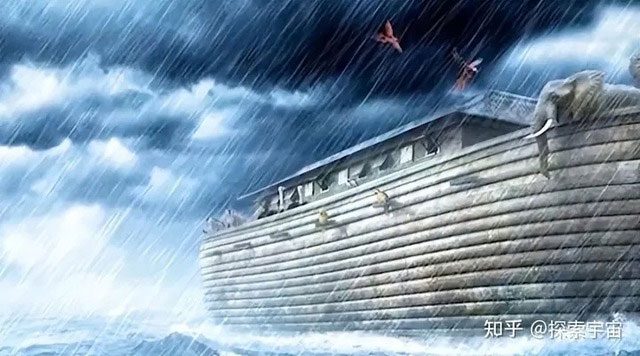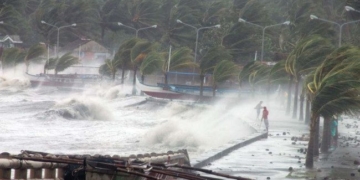Throughout human history, one theme has always stirred the curiosity of countless explorers: the prehistoric flood. This mysterious legend spans the globe, whether in the East or the West, in religious texts or folklore, and exhibits astonishing similarities.
Stories of prehistoric floods are recounted worldwide. They serve as a thread connecting cultures and beliefs across the planet. From the flood control efforts of Dayu in ancient China to Noah’s Ark in the Bible and the flood tales of Native Americans, these narratives resonate with a mysterious echo, as if they represent a shared memory of a great catastrophe among ancient peoples.
The tales of the Great Flood in various cultures often bear striking resemblances. These stories typically depict a devastating flood that wiped out nearly all life on Earth, with only a few survivors who, aided by deities, were able to rebuild civilization. This phenomenon raises the question: why do so many cultures share similar stories about the Great Flood? If the flood was merely a human invention for some purpose, it is evident that such coincidences would be unlikely.
The similarities among these legends suggest they might be records and memories of the same real event. If this prehistoric flood truly occurred, what evidence supports this claim?

Stories of prehistoric floods are recounted worldwide. (Illustrative image).
Upon closer observation of nature, we can find shocking evidence that seems to tell us an ancient story. Across the globe, we can uncover some peculiar geological phenomena, such as marine fossils found atop towering mountains. Their presence indicates that these peaks were once submerged beneath the ocean long ago.
In some deep canyons, we can observe boulders that rivers could not have formed. The size and distribution of these boulders make it hard to believe they were transported by today’s rivers. In some vast plains, we can even find traces of seabed sediments.
These phenomena suggest that during a specific geological period, these areas were once inundated by seawater, and as the ocean receded, it left behind marine organisms and sediments on land, forming fossils and rocks over time. These fossils and rock formations resemble traces left by a great flood.
The prehistoric flood not only left marks on land but also buried many secrets beneath the ocean. Geologists have discovered a distinct layer of seabed sediments in various oceans around the world. This sediment layer contains a substantial amount of silt and debris, covering the primordial landscape of the ocean floor.
According to radiocarbon dating methods, this sediment layer was formed approximately 10,000 years ago, which aligns with the time when the prehistoric flood may have occurred. So what caused such murky waters beneath the sea? Geologists speculate that this could be a gigantic global tsunami.
Tsunamis can be triggered by glacier melt, seismic activity, volcanic eruptions, and other factors. Imagine as colossal glaciers slowly melt under the sun, sea levels gradually rise, the power of earthquakes and volcanic eruptions shakes the ocean floor, and strong currents and waves create murky flows on the seabed, sweeping along debris and sediments, ultimately forming a layer of sediment covering the entire ocean floor. In addition to the evidence of seabed sediments, there are many other signs that prove the existence of prehistoric floods.

Illustration of the legendary Noah’s Ark.
Deep in the desert of the Mesopotamian plain, archaeologists have uncovered a shocking phenomenon: a 2-meter thick layer of clay lying quietly beneath the desert. This clay layer is not a typical geological phenomenon but rather silt left over from a flood. Its appearance coincides with the disappearance of the Sumerian civilization, implying that the prehistoric flood could have been one of the reasons for the downfall of this ancient civilization.
Similar evidence has been found beneath the seabed of the Gulf of Mexico. Scientists have also discovered layers of silt containing foraminifera on the ocean floor of the Gulf of Mexico. Foraminifera are tiny single-celled organisms living in the ocean with hard shells.
By analyzing the oxygen isotope ratios in their shells, scientists deduced that about 10,000 years ago, the salinity of the Gulf of Mexico significantly decreased. This phenomenon suggests that a large influx of freshwater may have poured into the ocean at that time and mixed with seawater. This freshwater source could have come from the prehistoric flood, altering the chemical composition of the ocean.
Even more astonishing, a team of international scientists discovered shocking remnants on Mount Ararat in Turkey. After years of exploration and excavation, they found the existence of hull structures beneath the mountain and excavated planks and fossils. These discoveries nearly convinced the scientific community 99% that they had found the legendary Noah’s Ark.

Prehistoric floods may be real historical records. (Illustrative image).
Combining evidence from archaeology and geology, we can conclude that prehistoric floods may not only be legends and myths; they could represent true historical records. These prehistoric flood events profoundly impacted human society at the time and became the source of myths and legends for future generations.
Despite the wealth of supporting evidence, we are still not entirely certain that the story of the Great Flood in every culture is based on real events. In ancient times, humans had limited understanding of natural phenomena and could not employ scientific methods to explain natural disasters such as floods and earthquakes.
Consequently, they created myths and attributed these disasters to the wrath of deities or divine providence to explain the unknown and seek psychological comfort.
Over time, the original mythical stories were exaggerated, and new elements were added to enhance the mystery and diversity of the tale. Although we cannot be completely certain whether the prehistoric flood actually occurred, the scientific evidence and existing legends around the world suggest that these stories may not merely be fiction.


















































